If you read the title of this post as “46 factorial,” you are an amazing human being who deserves to be loved.
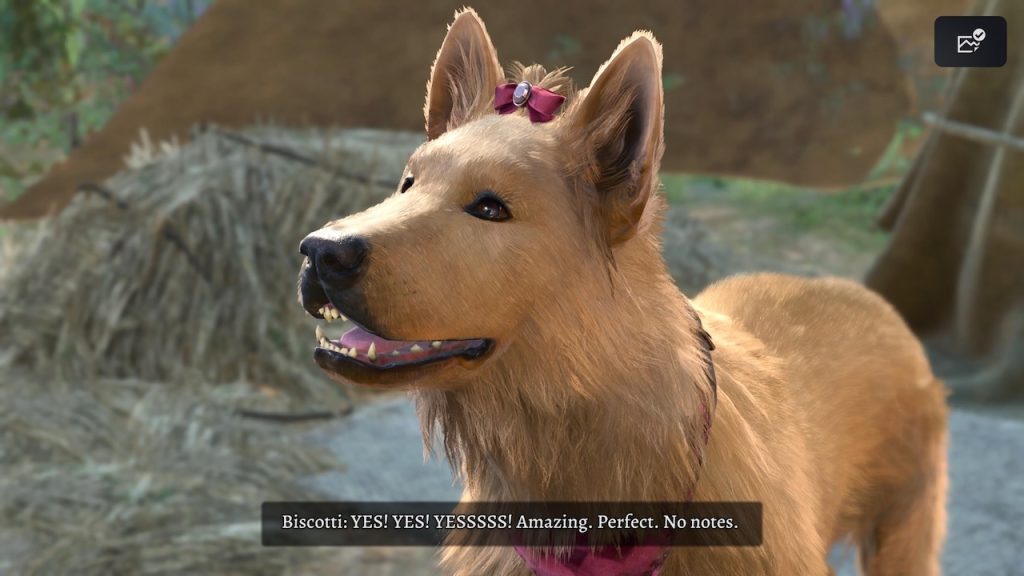
If you didn’t read the title of this post as “46 factorial,” you are an amazing human being who deserves to be loved, but you know less math than the category of people listed above.
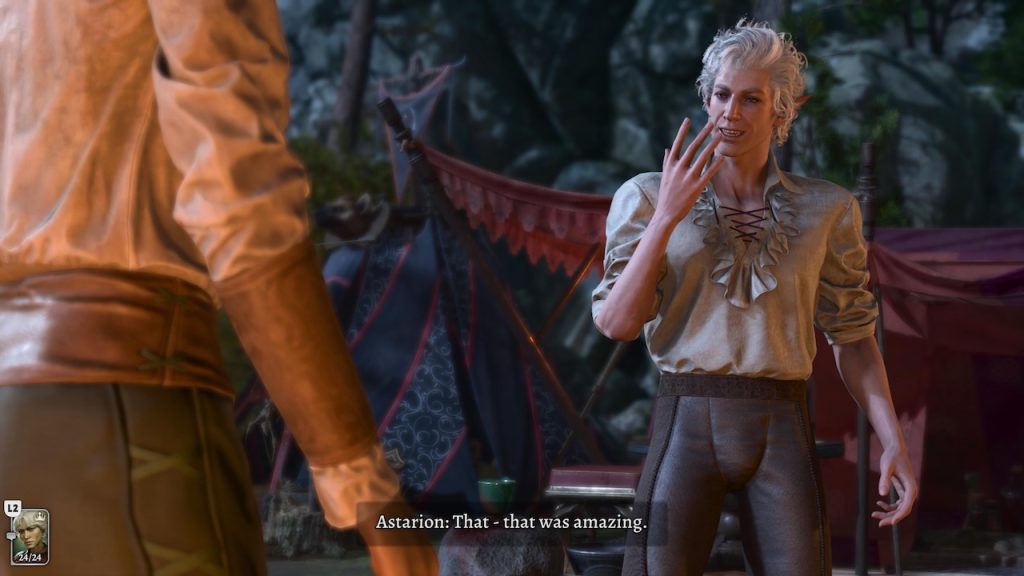
Either way…
As I’m sure you’ve already guessed due to your amazing human-ness, I’m talking about a die roll in Baldur’s Gate 3.
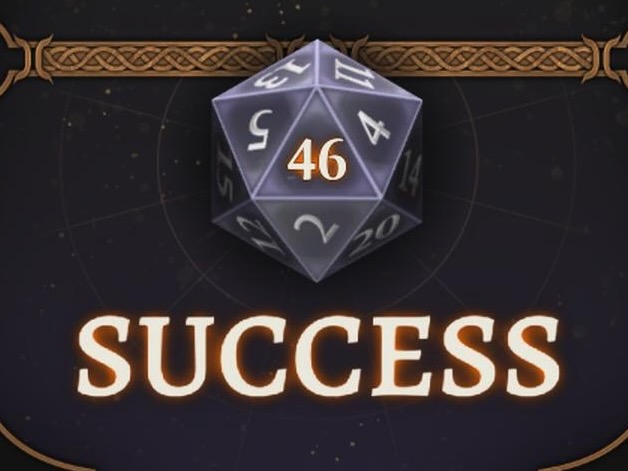
I’m continuing my 12th playthrough of BG3, with Amaranth the Mystic. I’ll have one of my usual write-ups once I finish. But this die roll is so unique for me that I have to gush over it right away.
What makes it unique is that it’s the highest skill check result that I’ve achieved in the game so far.

Difficulty checks
If you already understand difficulty checks in the D&D system and how they’re modified, you can skip this section.
In D&D (at least the current editions) and BG3, when you attempt to do a task, you roll a twenty-sided die (a D20 in gamer parlance). You’re trying roll at least as high as the Difficulty Check (DC) of the task:
- A simple task might require a DC of 5; that is, you’re trying to roll 5 or more on an unmodified D20. You’ll succeed 16 out of 20 times.
- A moderate task might require a DC of 10 (succeed 11 out of 20 times).
- A difficult task might require a DC of 18 (succeed 3 out of 20 times) or even 20 (succeed 1 out of 20 times).
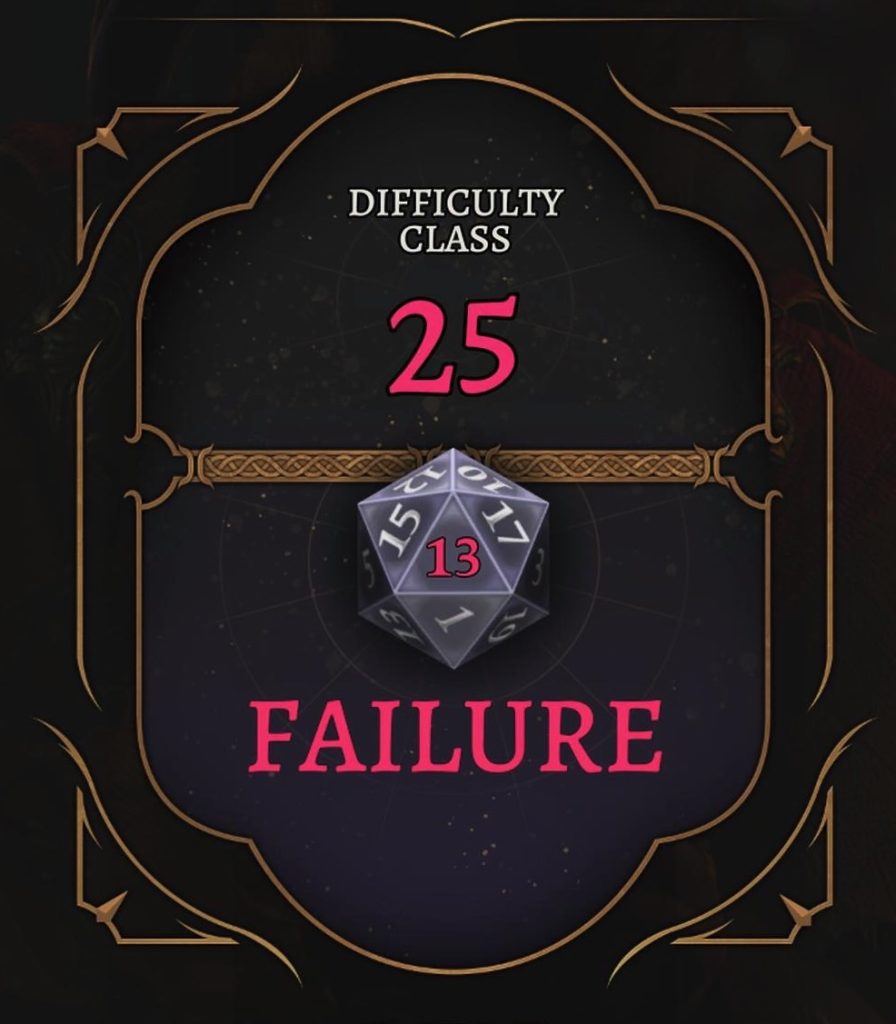
There are a couple of exceptions:
-
A roll of 1 is always a failure, no matter what other bonuses you may have. This is a “critical failure.”
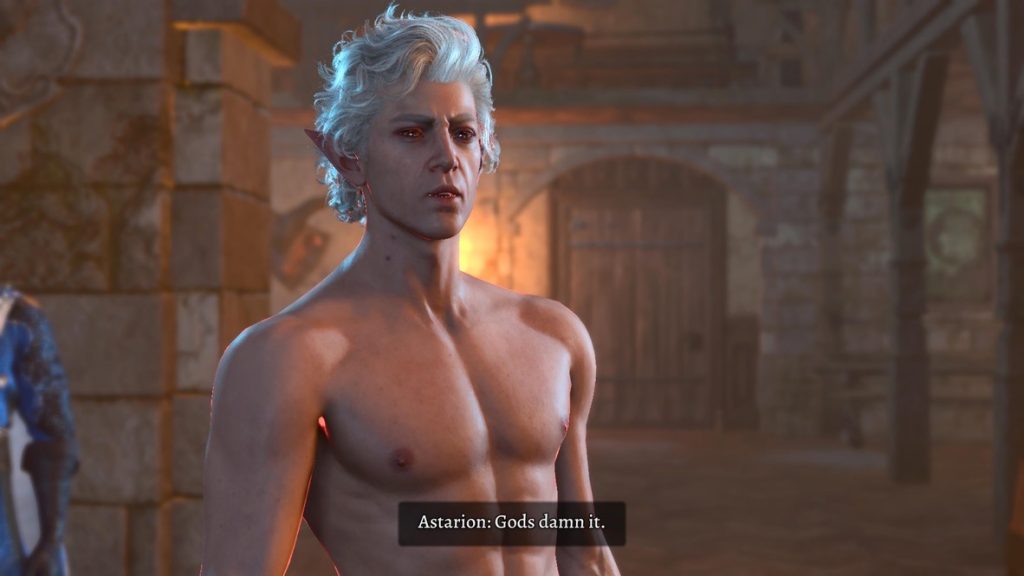
-
A roll of 20 is always a success, no matter what the DC. This is a “critical success.”
For example, look up a couple of photos (giving you another excuse to look at Astarion’s bare chest); you’ll see a DC of 25 for a task that’s meant to be extremely difficult. Even without bonuses, if I’d rolled a 20 I would have succeeded.
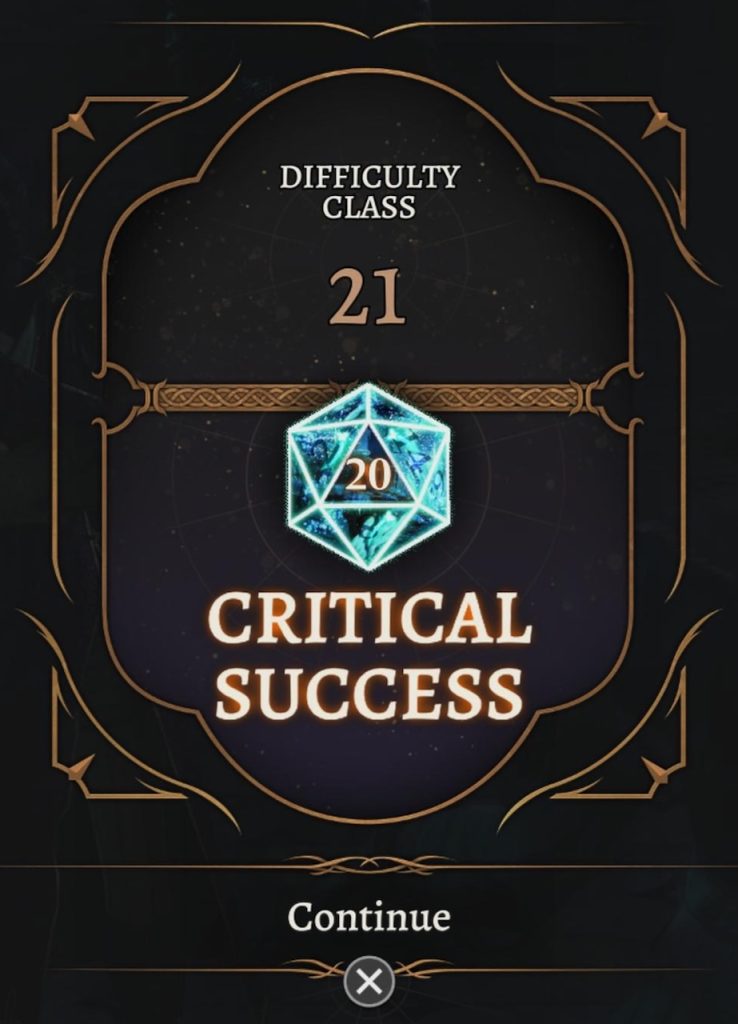
Here’s a critical success when the difficulty was 21, but I rolled a “natural 20.”
If you don’t roll a 1 or a 20 (a “natural 1” or a “natural 20”), the number you’ve rolled on a D20 might be modified by bonuses (add to the number you’ve rolled) or penalties (subtract from the number you’ve rolled).
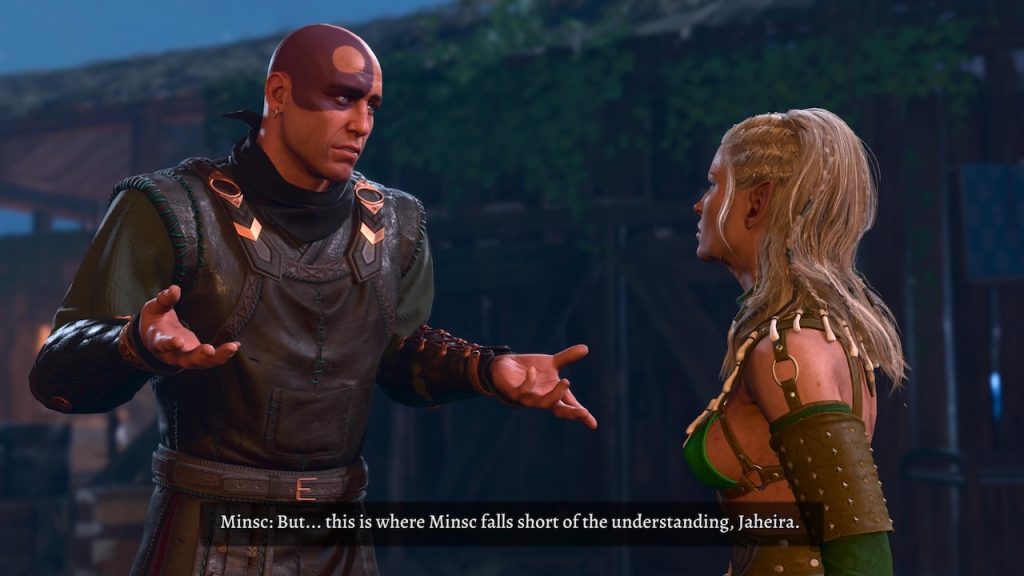
For example, assume the game tells you that to hit a creature with a sword, you need to roll a 15. You roll a D20, and the number you see is a 14. But the sword you’re holding is a magic sword, a “Sword + 1.” That means you add a +1 bonus to your die roll when you try to hit with that sword. You rolled 14, you add 1 from the magic sword, and the result is treated as 15. You hit the creature! Yay!
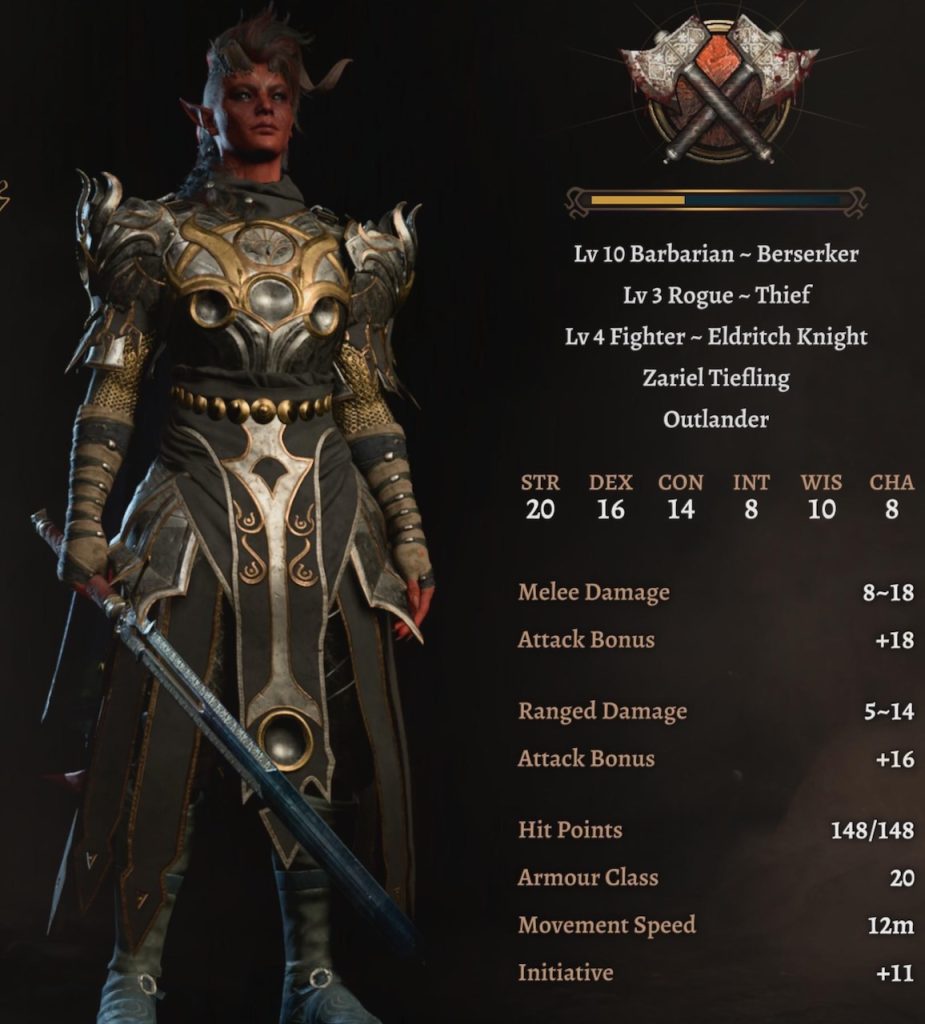
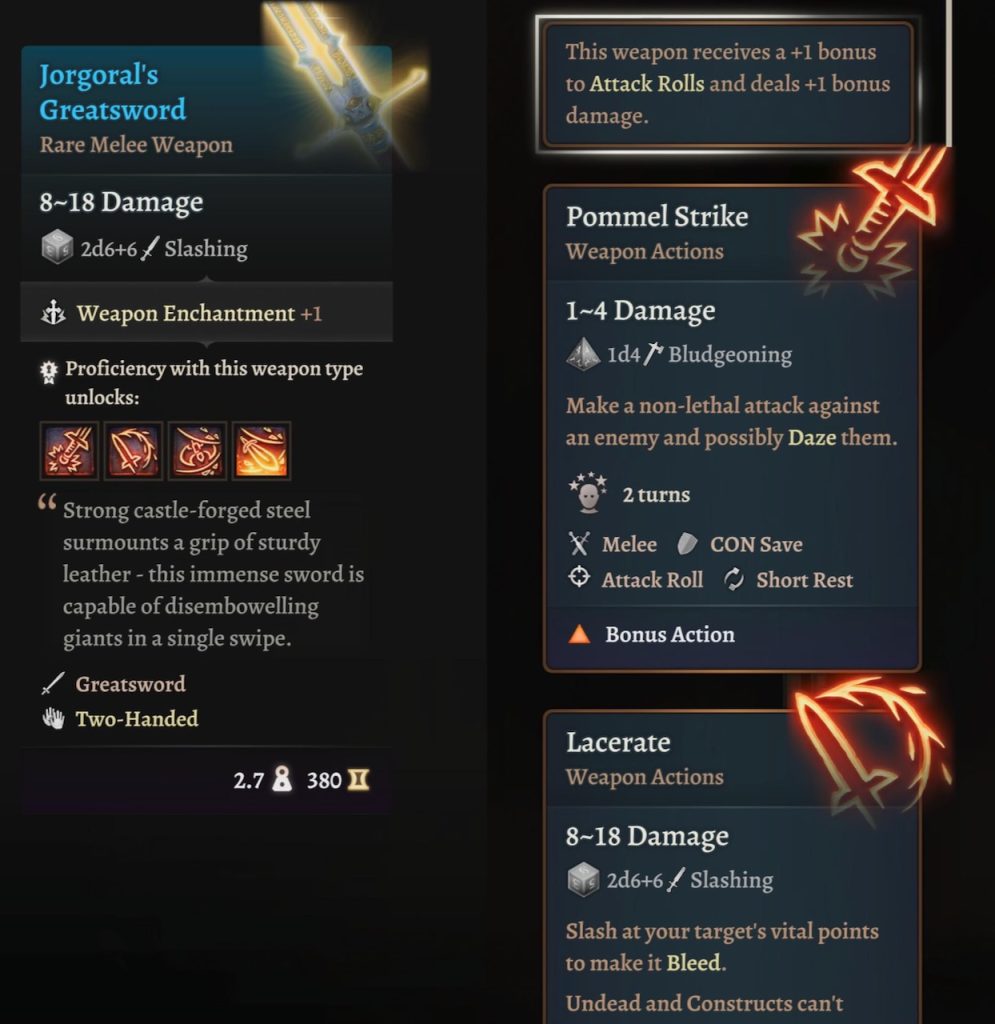
(If you’re the kind of lovable human being I mentioned in the first sentence of this post, you may justifiably complain that the phrase “add a +1 bonus” is at least triply redundant. You’re right, but this is the syntax that’s been adopted by the tabletop gaming community. Take it up with them.)
A little detail: If, after applying all the bonuses and penalties, the result is arithmetically 1 or 20, it’s not a “critical roll.” The same “automatic failure or success” rules don’t apply as they do to natural rolls.
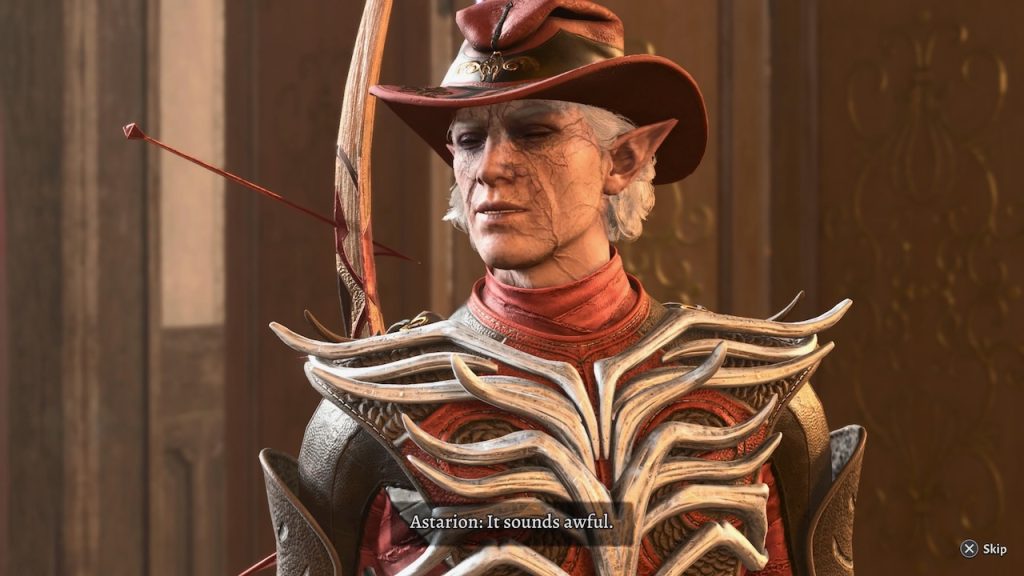
There are two more important modifiers for die rolls:
- “Roll with advantage” – this means to roll two D20s, and use the higher of the numbers.
- “Roll with disadvantage” – this means to roll two D20s, and use the lower of the numbers.
Advantages and disadvantages are typically situational. For example, if you’re on top of a cliff and you’re throwing a stone at a creature at the base of the cliff, you might be told to roll with advantage. If that creature is trying to a stone at you, it might be forced to roll with disadvantage.

Obviously, the more bonuses you can add to your die rolls, the better. Part of the game is to find ways to accumulate items, skills, and other benefits to improve your die rolls as much as possible.
Breaking it down
Let’s look at a full view of that beautiful result:
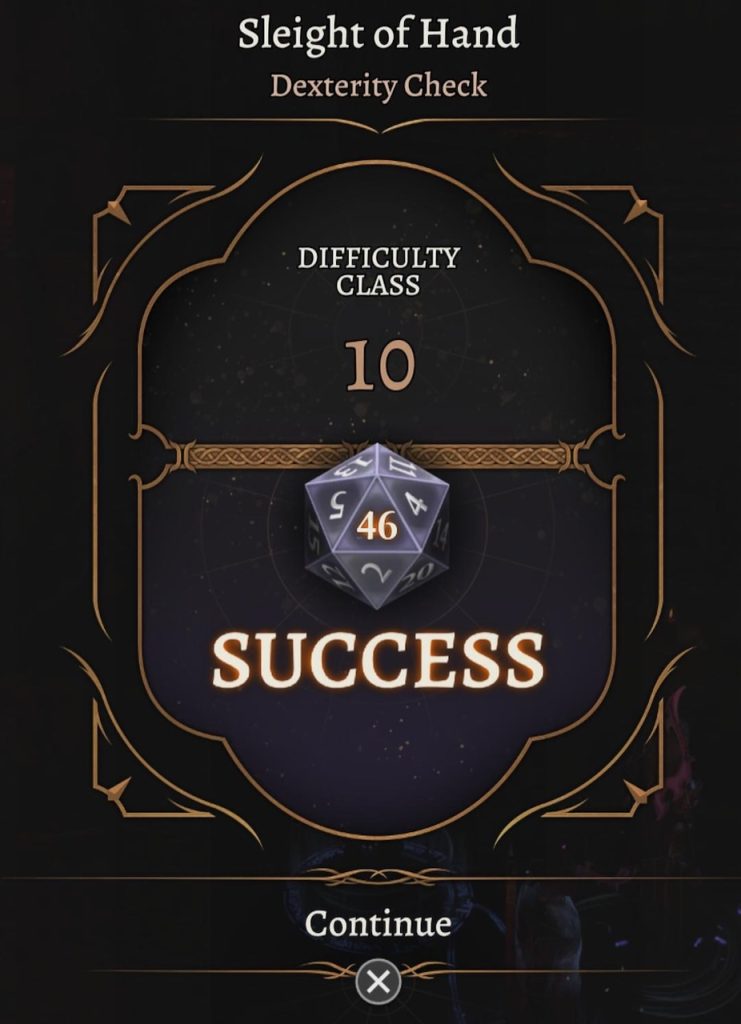
What the character (Astarion) is trying to do is disarm a trap. This involves the skill Sleight of Hand, which is based on the attribute Dexterity (DEX).
The Difficulty Class of the task is 10, meaning that Astarion had to roll a 10 or more (including all bonuses) in order to succeed. As we’ll see, he had enough bonuses so that there was only 1 chance in 400 that he’d fail.
My glee isn’t that he succeeded. I knew he would, since I set up him up to be an expert at Sleight of Hand. I’m gushing because of how high that number is.
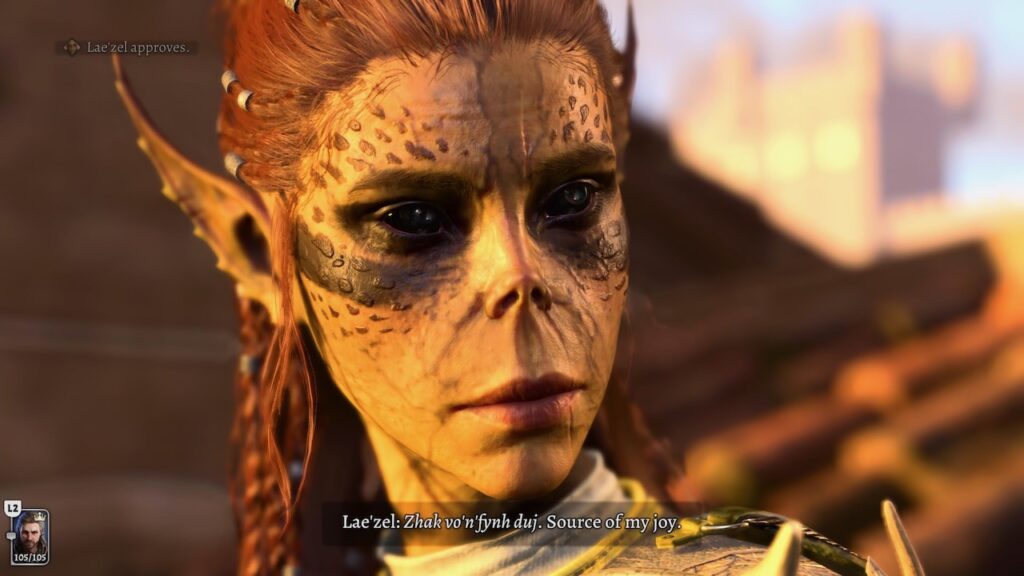
Here’s the combat log that shows that roll:

The most recent log entries are on top. The party was in a hall filled with traps. Astarion was disarming them one-by-one.
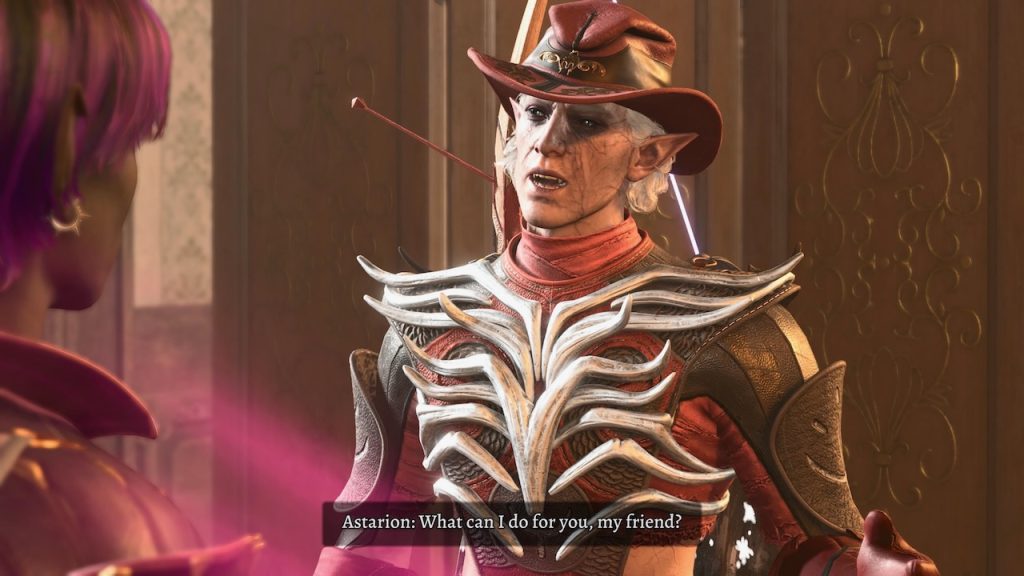
As you can see reading up the log, Astarion detected the trap (that’s the “Perception Check”) and commented, “Oh dear, someone’s left a trap out for us.” I then had him attempt to disarm the trap.
The box shows the breakdown of the die roll. I find it a bit hard to read, so here’s a zoomed-in view:
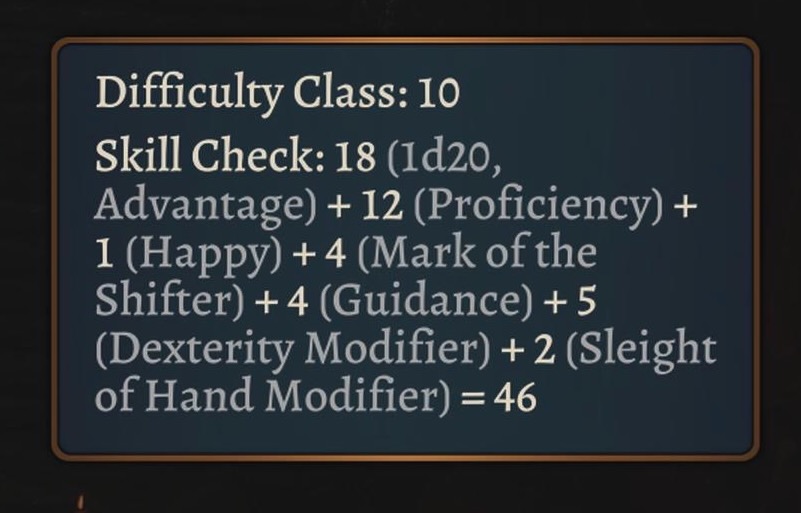
Here’s how each of those lines breaks down:
- Skill Check: 18 – means that the die roll was 18.
-
12 (Proficiency) – Characters can get bonuses in various skills due to their world background, their character class, and from deliberately improving the skill as their character goes up in level. Astarion was a 16th-level Rogue with a Charlatan background. This means that Astarion adds a +12 bonus to any skill check that involves Sleight of Hand.
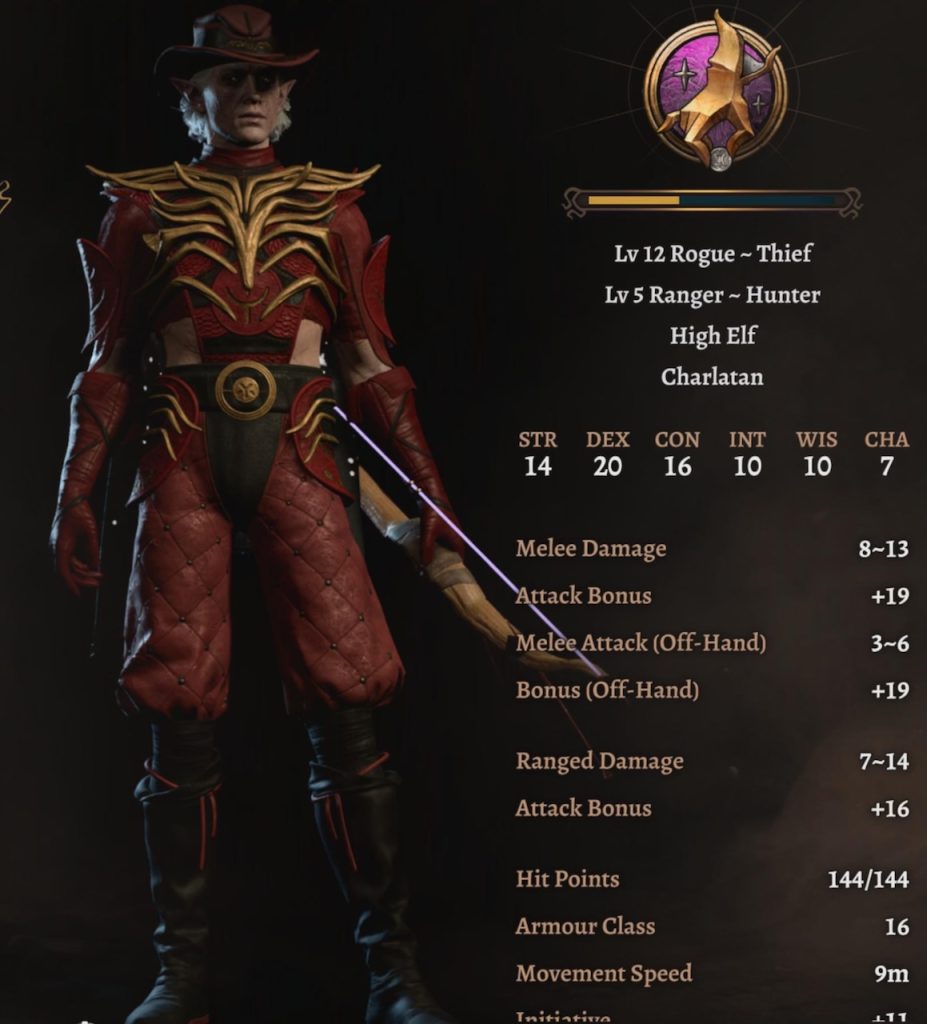
This is Astarion’s character sheet; you can see in the upper right that he’s both a Charlatan and a Rogue. He was 16th-level at the time of that great Ability Check, and level 17 when I took this screenshot. (I used a mod to take him above the normal BG3 max of 12th level.) - 1 (Happy) – Astarion prefers a unique liquid diet. Once he indulges his appetite, he is Happy for the rest of the day. This adds a +1 bonus to most of his Ability Checks.
- 4 (Mark of the Shifter) – Astarion is wearing the Shapeshifter’s Boon Ring, which adds a 1-4 bonus (+1D4) to all Ability Checks. In this case, we’ve rolled a 4 on the D4. Once Astarion acquired that ring, I made a point of having him use a Disguise Kit or Mask of the Shapeshifter every day so he can always take advantage of this bonus.
- Guidance – This is a cantrip that adds a +1D4 bonus to all Ability Checks. As you can tell from the other bonuses, Astarion didn’t need this for this particular check. But the Guidance cantrip costs nothing to cast, so I routinely have any available caster cast it before someone attempts an Ability Check; in this case (as you can see from the log) that caster was Gale, and the number rolled was 4. There’s an exception to the routine: Guidance requires Concentration, so if the caster is Concentrating on something I want sustained like Enhance Ability, I won’t interrupt it.
- 5 (Dexterity Modifier) – Sleight of Hand is a Dexterity skill, meaning that it gets a bonus from a character’s Dexterity. At the time of this skill check, Astarion’s DEX was 20, which means a +5 bonus to all DEX-based Ability Checks.
-
2 (Slight of Hand Modifier) – This comes from the Smuggler’s Ring, which (among other things) adds a +2 bonus to all Sleight-of-Hand Ability Checks.
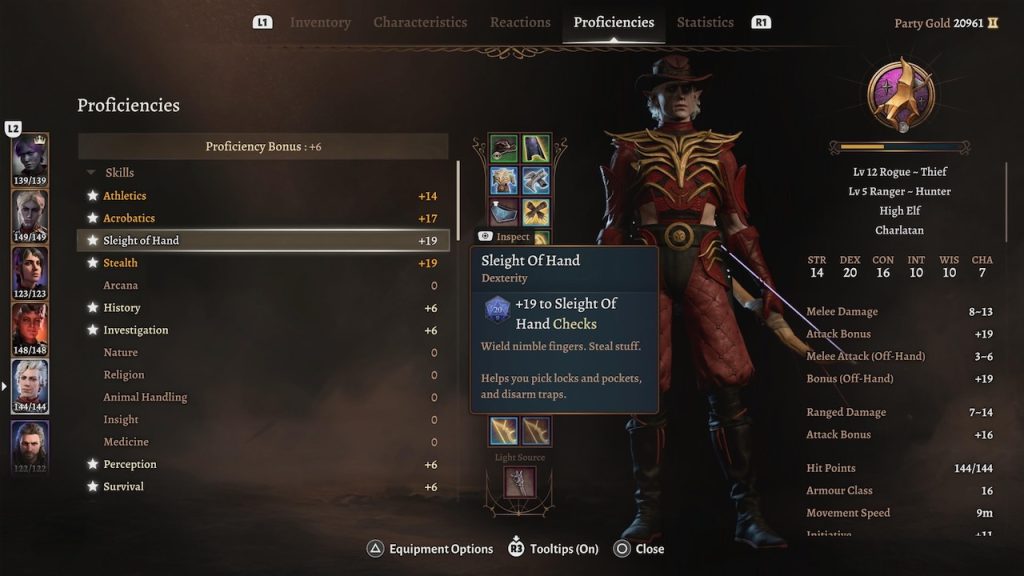
Here you can see Astarion’s Sleight of Hand Proficiency. It’s is given as +19 because the game is adding all the fixed values together: +12 from the skill proficiency, +5 from dexterity, +2 from the Smuggler’s Ring. The bonuses from die rolls like Guidance are determined when he actually does the Ability Check. -
Astarion was wearing The Graceful Cloth, which gives Advantage on all DEX-based checks; you can see the word “Advantage” in the Skill Check. This makes this result a bit less remarkable, in that the game automatically picked the higher of the two D20 dice rolls.
On the other hand, it means that the only way for Astarion to fail this roll would be to roll 1 on both D20s; that’s the 1-in-400 chance I mentioned earlier. (Yes, I’ve seen that happen!)
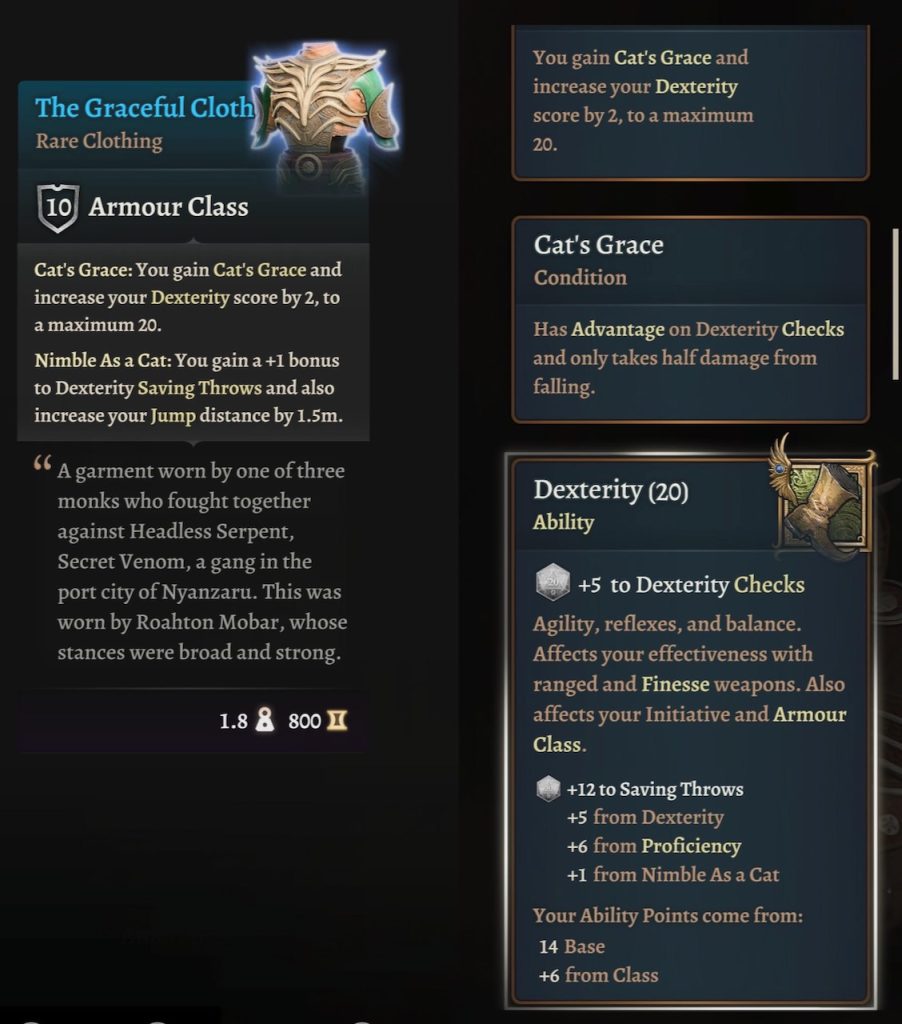
Here are details of the Graceful Cloth. You can see that the armor gives Cat’s Grace (among other benefits). In turn, Cat’s Grace gives Advantage on all Dexterity Checks.
I’m delighted with this roll because it combines preparation (knowing what items in BG3 improve this skill) and luck (a 19% chance of rolling an 18 or 19 on 2 D20s with Advantage; 25% chance each of rolling a 4 with Guidance and Mark of the Shifter = 1.2% chance of getting this result or better).
Can one roll higher than a 46? Yes!
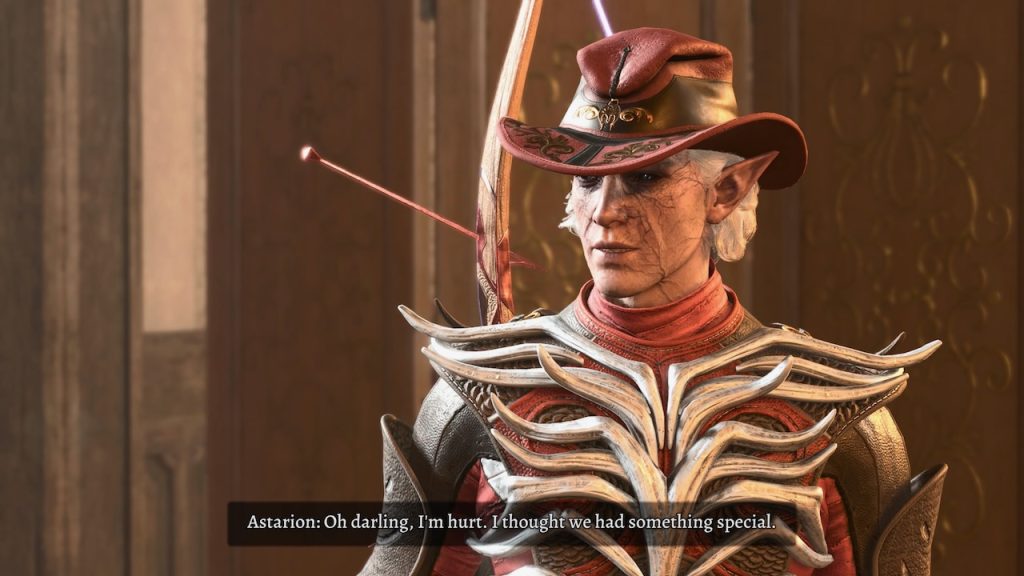
- The die could have rolled 19 instead of 18. Note that if a die rolled a 20, since it would be a critical success, the game would not have added up the bonuses. It would only display “20 Critical Success” (as you can see in a picture above) which is nice… but it’s no 46.
-
I don’t know yet if I’ll choose to do this, but it’s possible to get Astarion’s DEX to 22. That would add another +1 to the Dexterity Modifier.
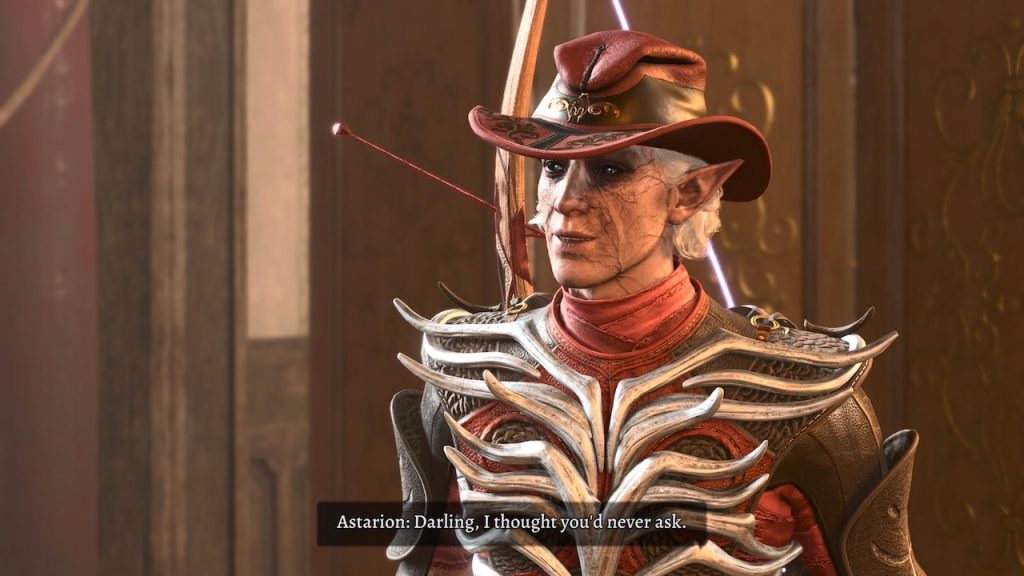
- There’s a skill bonus that I didn’t use: Bardic Inspiration, which adds +1D6 to a skill roll. Depending on the Bard’s level and a game choice, that can go up to +1D12. However, you must make the decision to use the Inspiration before you decide to make a given skill roll; unlike the various “passive bonuses” on Astarion that I list above, you must make a conscious choice to use this bonus.
It’s therefore possible to roll 49-60, if everything lined up perfectly, at least for this combination of skills, items, and spells. The odds of doing that definitely fall into the “Vegas gambling” territory.
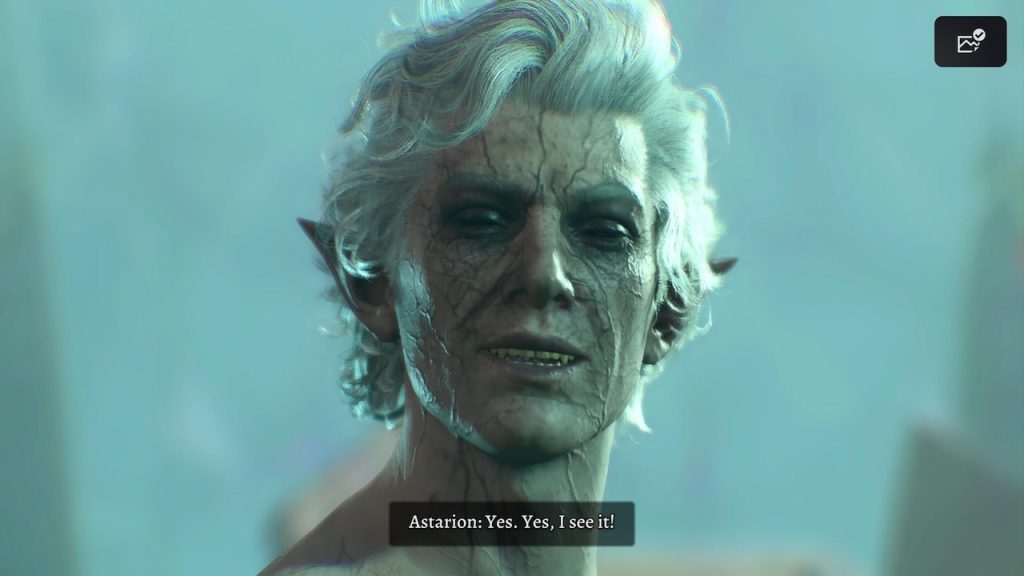
In fairness, I should add that there are people who’ve rolled higher skill checks. I saw in an online conversation that someone said they once rolled a 48, and someone else responded that they’d got a 51.
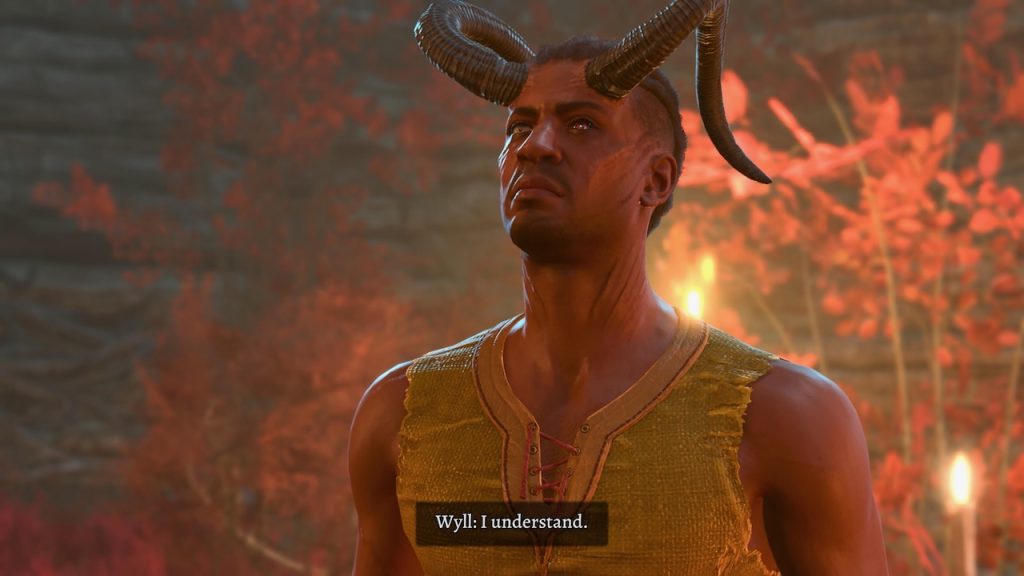
As for me, I’m happy with my 46.
Until the day I roll a 47, which means that you’ll be lucky, as I’ll write another blog post about it.
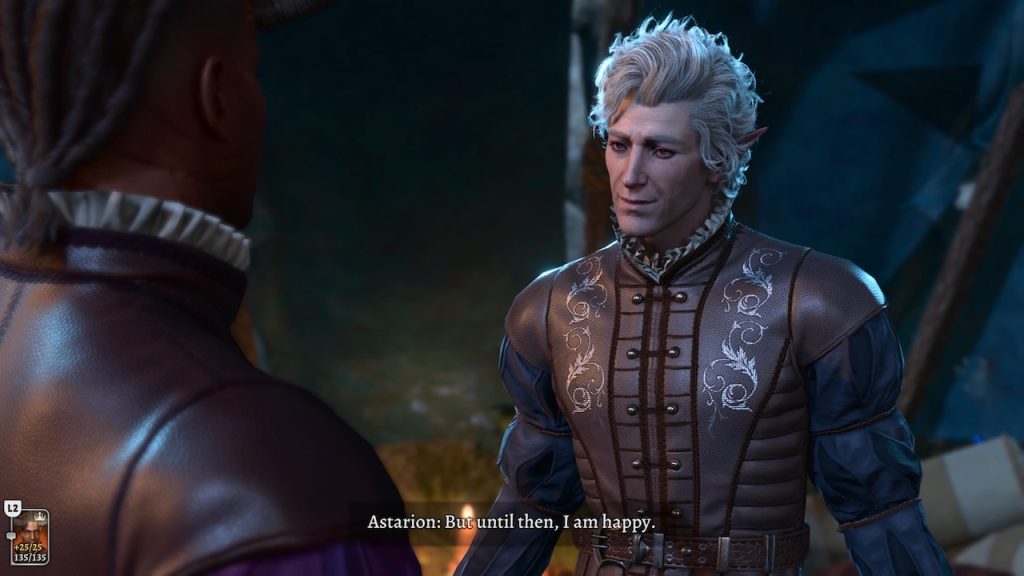
Pingback: 51! – The Argothald Journal
Pingback: 59! – The Argothald Journal
Pingback: 67!! – The Argothald Journal
Pingback: An “honest” 67!! – The Argothald Journal